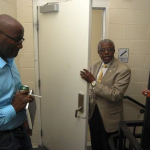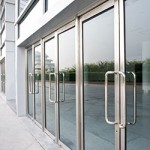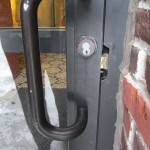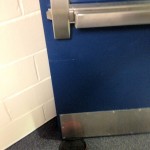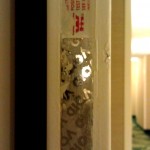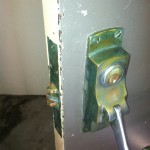Multi-Family Fire Door Safety – The Role of Fire Doors
Fire door assemblies play a vital role in the protection of life safety, yet many people remain unaware of their existence. We pass through these doors every day in commercial, institutional, and multi-family residential buildings. A lack of awareness...



